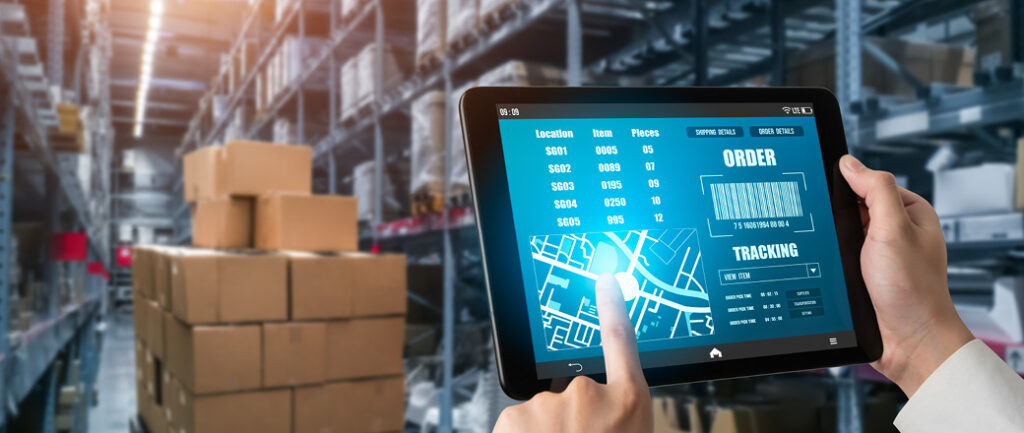Often automated logistics is associated with route planning, but in reality, it encompasses much more.
When broadly applied, autonomous logistics considers the entire supply chain as a logistics continuum, combining transportation planning with workflow effectiveness to maximize efficiencies across your whole network.
Here, we examine how to apply automated logistics in four key supply chain processes: first mile compliance, route planning, final mile optimization, and claims settlement.
1. First Mile Compliance
By integrating first mile compliance updates into an autonomous, unified platform, organizations can realize increasing returns through:
- Improved efficiency.
- Increased agility to unanticipated events.
- Cost savings.
- Higher quality, safer products.
- Improved scalability.
- Data-driven decision making.
2. Route Planning
With so much to consider in multimodal optimization, the importance of having the ability to plan, replan, and continually fine-tune moves becomes clear.
3. Autonomous Final Mile Optimization
Meeting the dynamic demands of final mile service is critical in today’s consumer-driven market.
Dynamic routing is the solution for this complex last mile environment. It allows instant, automated rerouting when conditions change in the delivery route. Dynamic routing can navigate add-on stops, cancellations, and delivery time requests, as well as real-time changes in traffic patterns, road closures, or weather conditions.
4. Autonomous Logistics in Claims Settlement
Autonomous logistics provides an opportunity to better navigate freight claims processes by getting claims documents in front of carriers and insurance providers as quickly as possible.
Calculate your potential Saving While Using an enterprise TMS
Navigate the Changing Logistics Landscape with MercuryGate
Automated logistics goes beyond a linear process of following a shipment through the lifecycle. It relies on historical shipment data to inform future decisions on everything from carrier and mode selection to dynamic route planning. Automated logistics means doing more with less, on time, and with little or no human intervention.
MercuryGate’s suite of automated solutions allows organizations to continuously optimize, predict, and adapt operations at every level of the supply chain.
To learn more about how MercuryGate is changing the game in automated logistics, see how we’re applying technology to solve freight claims management challenges.
Our webinar details how automating your freight claims can reduce costs to protect your bottom line. Watch it today by clicking the button below.


